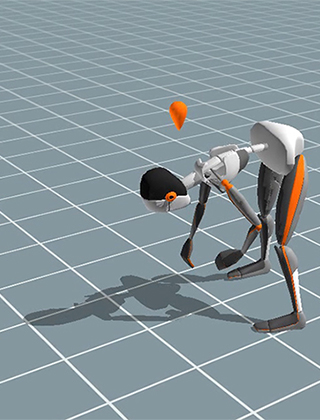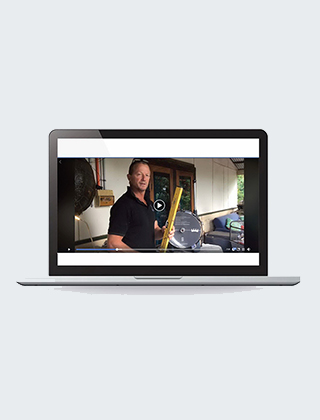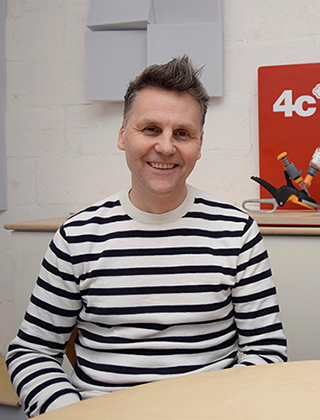Have a roll to prevent injuries
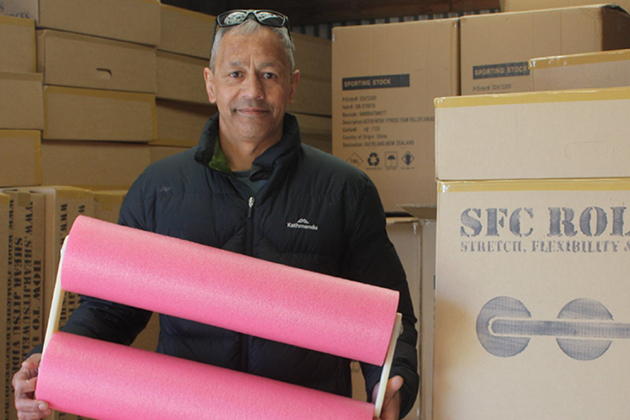
A new self-massage device with three foam rollers, designed to help prevent and relieve musculoskeletal injuries suffered by shearers and farmers, has been developed by Pera Davies, the experienced shearer who developed the Shear-Jitsu catch and drag technique.
Designer of the SFC Roller, Pera Davies: “Regular rolling helps prepare muscles for work and also helps in post work muscle recovery.”
A new self-massage device with three foam rollers, designed to help prevent and relieve musculoskeletal injuries suffered by shearers and farmers, has been developed by Pera Davies, the experienced shearer who developed the Shear-Jitsu catch and drag technique.
Shearing and working on the farm are physically tough jobs which can be very demanding on the body. Nobody knows this better than Pera Davies, a shearer of 40 years from the South Island of New Zealand who has shorn nearly two million sheep in his career. As a consultant with AWI, Pera has travelled across Australia running injury awareness and prevention workshops to wool harvesting industry workers.
Pera has now developed a self-massage device for shearers and farm workers, known as the SFC Roller (Stretch, Flexibility, Circulate), which he says offers the same benefits as a sports massage: a reduction in inflammation and an increase in flexibility and circulation.
“The SFC Roller was developed as a result of my first big Shear-Jitsu workshop with AWI at Badgingarra in WA in 2017 during which I promoted foam rolling as a management tool for musculoskeletal injuries. Amazingly, out of 30 shearers who attended, not one could roll on a single foam roller (the only kind of foam roller available at the time) because their backs were too sore,” Pera said Pera.
“This was a reality check in terms of the state of shearers’ backs – and it was unfortunate because the available science supports foam rolling to aid in muscle preparation and recovery.”
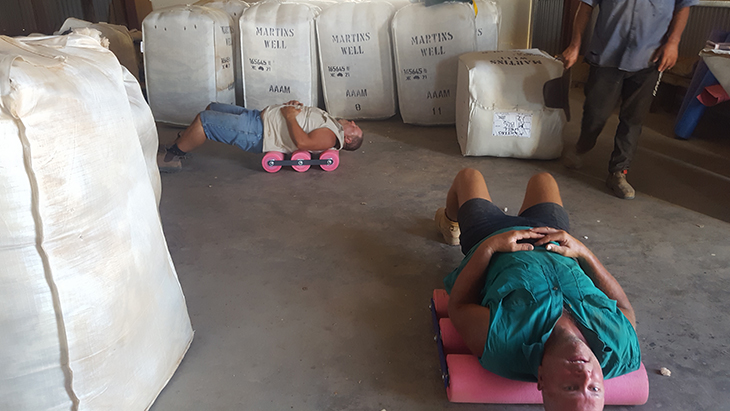
Workers at ‘Martins Well Station’ in the Flinders Ranges of South Australia using the SFC Roller.
So Pera innovated and developed a user-friendly three-roller alternative to a single foam roller. The combined surface area of the three foam rollers places less pressure on sensitive trigger point areas for muscle pain. This allows users to spend more time rolling back and forth on sensitive areas until the tenderness eases.
“Laying on the SFC Roller enables the upper body to effortlessly stretch out and down, decompressing the spinal column and stretching muscles and fascia in the shoulders, chest, abdominals and hips,” Pera said.
“This gentle stretch helps decompress the spinal disks. Relieving the pressure allows degenerative disks to get the water, oxygen and blood flow needed for faster healing.”
Pera says the SFC Roller is light, easily transportable and can be used in the shed or at home.
“The SFC Roller is being used by shearers, wool handlers and farmers across Australia: from jackaroos in need of a massage after riding motor bikes all day, to the Australian shearing team who used them to prepare for their winning performance at last year’s Golden Shears in New Zealand,” Pera said.
The SFC Rollers cost AU$289, including delivery anywhere in Australia, and are available to buy from Pera’s ShearJitsu website.
More information: www.shearjitsuwellness.info
SHEAR-JITSU VIDEOS
Pera Davies developed the technique of catch and drag known as Shear-Jitsu, which is designed to minimise back injuries.
Shear-Jitsu is based on principles borrowed from the Japanese martial art of jujitsu. A key element of Shear-Jitsu is the best way for the shearer to move a sheep from the pen to the stand.
“Using Shear-Jitsu, shearers bring the sheep in a straight line to the pen door and then another straight line to the stand,” Pera said. “By avoiding dragging the sheep in the traditional curved direction, the shearer is no longer leaning over (to the left or right) and thereby avoids putting their back, knees, hips, shoulders and elbows at an unnatural and potentially damaging angle.”
In collaboration with Pera, AWI in 2017 produced four short Shear-Jitsu training videos that highlight ways that shearers can prevent injury and increase the longevity of their careers.
More information: The videos are available free at www.wool.com/shearingresources
This article appeared in the December 2020 edition of AWI’s Beyond the Bale magazine. Reproduction of the article is encouraged, however prior permission must be obtained from the Editor.






